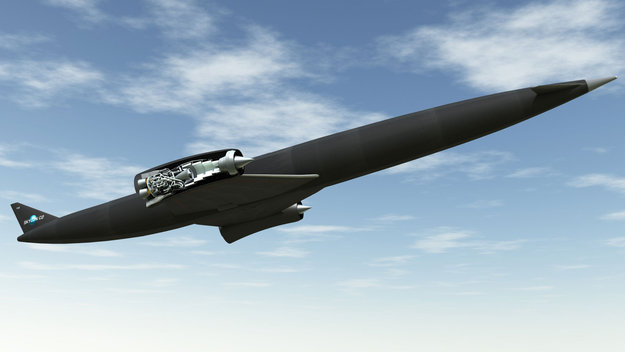Finally there's something science related. I will surely put up some of my great experiments and some really cool stuff that people can do in their daily lives to have some fun and show off their coolness to people.

Experiment 1:
Sulphur Hexaflouride Tank
This is the easiest experiment.
Things required:
a clear glass tank or vessel
SF6 gas
Procedure:
Get some SF6 gas. It is a very heavy gas that has density five times higher than air. Not only is it heavier than air but even solid objects, this is what makes it interesting.
Pour the gas in the clear glass tank. Fill it half.
Now cover the tank for some time. Let the gas settle properly and let it get to rest.
Now you can throw in a paper boat or a plastic ball or any paper object and you'll see that the gas is so heavy that these objects start to float on it. The gas is colorless and invisible to eyes. It look like the objects are floating in air.
Cheap antigravity trick for you.

Will post some great articles soon. Try the above till then. Here's a video to give you an idea what it will be like.







 )
)
